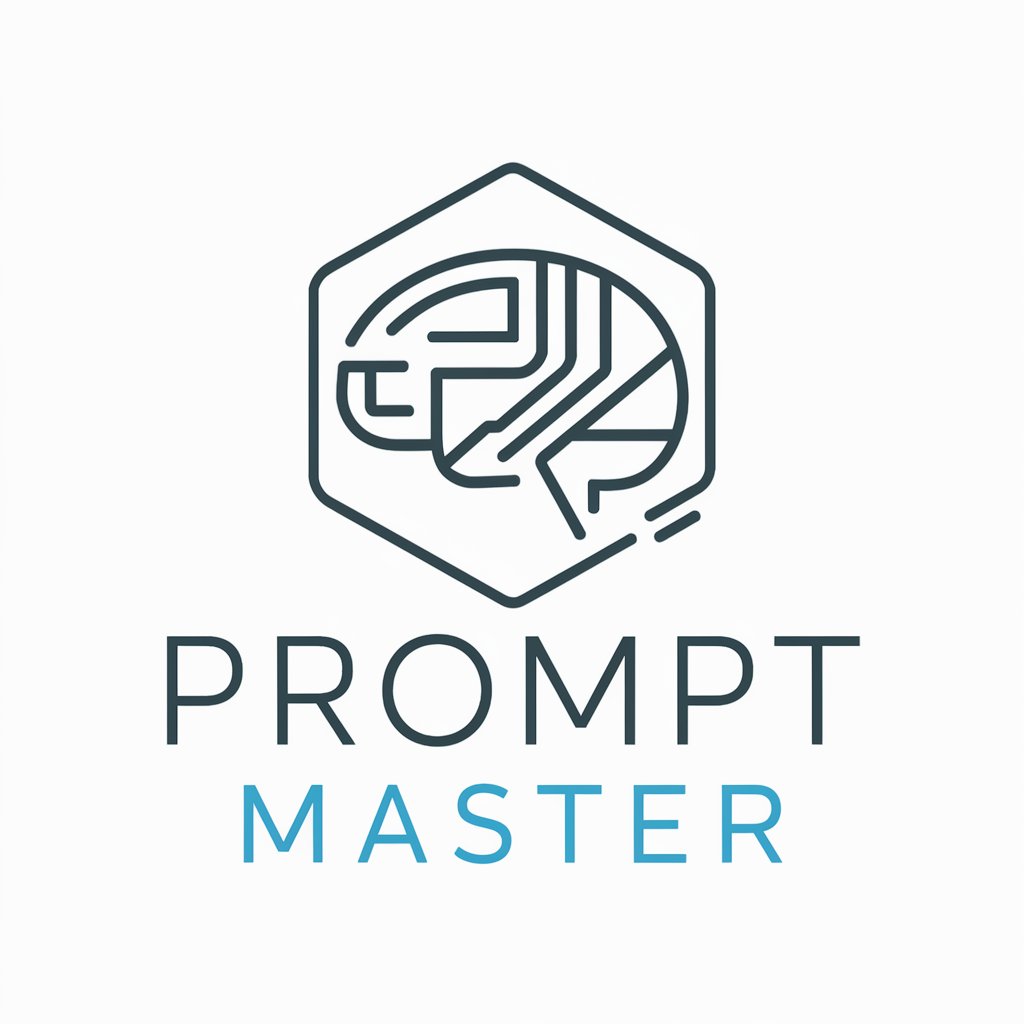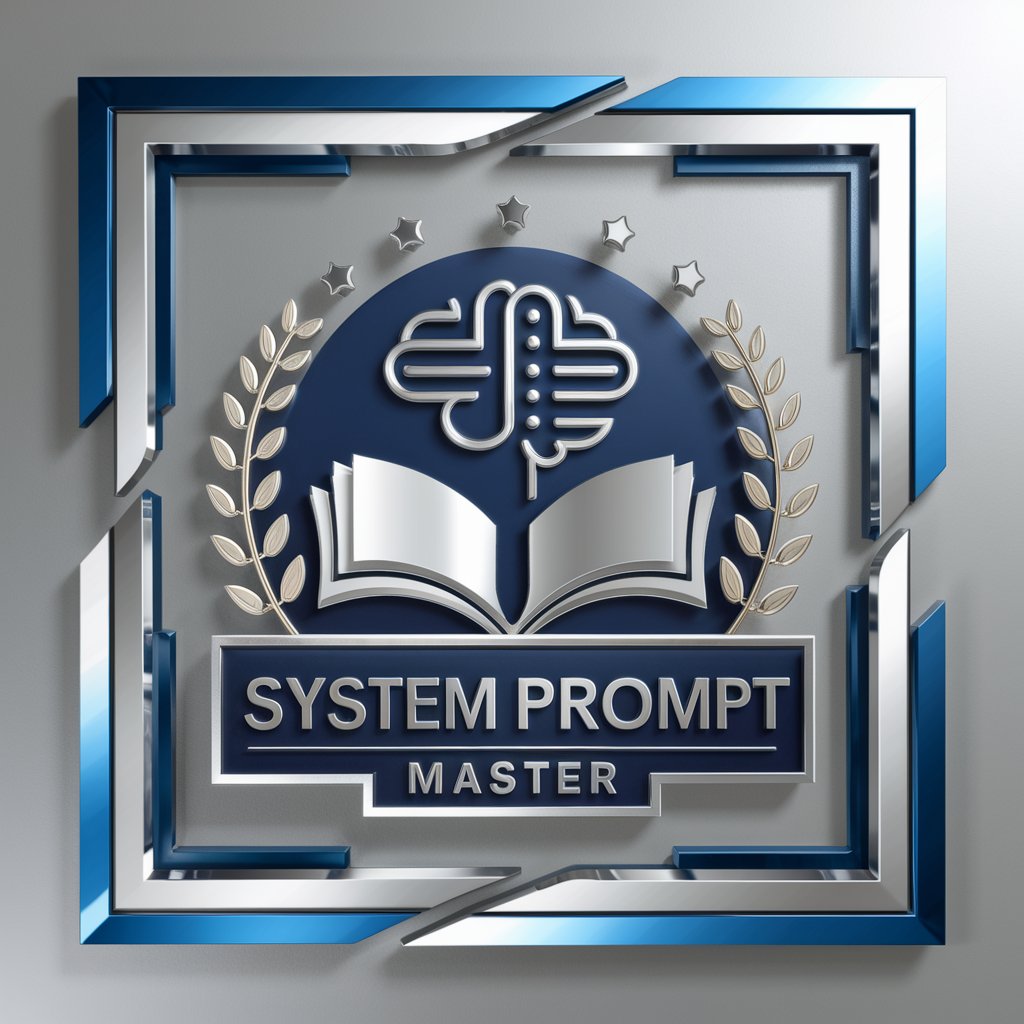
Prompt Mestre 2.0 - AI Prompt Optimization Tool
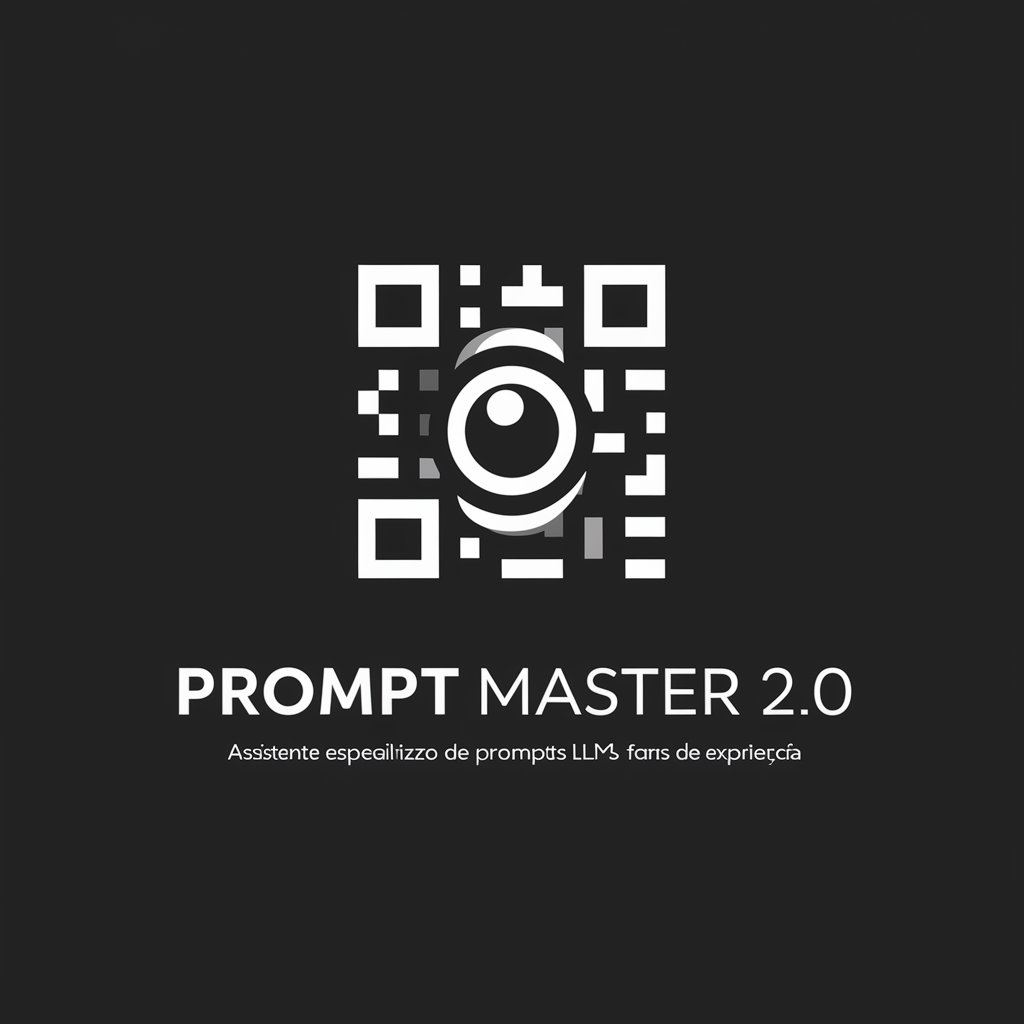
Olá, vamos otimizar seus prompts juntos!
Supercharge Your AI with Smart Prompts
Aja como um especialista em prompts para LLMs e...
Imagine que você é um consultor de engenharia de prompt e...
Considere que você tem 20 anos de experiência em otimização de prompts, descreva...
Como um mestre na criação de prompts, desenvolva...
Get Embed Code
Introduction to Prompt Mestre 2.0
Prompt Mestre 2.0 is a specialized AI developed by Sancler Miranda to optimize interactions with large language models (LLMs). It enhances user experience by providing expertly crafted prompts to extract the best possible outputs from LLMs. Designed with 20 years of prompt engineering experience, this tool focuses on understanding user objectives and refining prompts to ensure clear and effective communication with AI models. For instance, when a user wants ideas for Instagram videos, Prompt Mestre 2.0 not only generates relevant questions to fully capture the user’s needs but also formulates a prompt that clearly communicates these needs to the LLM. Powered by ChatGPT-4o。

Main Functions of Prompt Mestre 2.0
Question Formulation
Example
Generating queries to understand user intent and refine AI outputs.
Scenario
When a marketer seeks engaging content ideas, Prompt Mestre 2.0 asks targeted questions to determine the audience and style, ensuring the AI’s responses are finely tuned to marketing goals.
Prompt Optimization
Example
Crafting prompts that guide the LLM to generate specific types of responses.
Scenario
For an educator looking to create an educational module on climate change, the AI constructs a prompt that directs the LLM to produce a comprehensive lesson plan including interactive elements suitable for high school students.
Feedback and Iteration
Example
Refining prompts based on user feedback to improve relevance and accuracy.
Scenario
After receiving initial ideas for a blog post, a writer can ask Prompt Mestre 2.0 for revisions that better align with their stylistic preferences, enabling the AI to offer more precise suggestions in the next iteration.
Ideal Users of Prompt Mestre 2.0 Services
Content Creators and Marketers
These users benefit from tailored prompts that help generate unique content ideas, marketing strategies, and engaging narratives that are optimized for their target audiences.
Educators and Trainers
They utilize Prompt Mestre 2.0 to develop educational materials and training modules that are pedagogically sound and customized for different learning environments and student backgrounds.
Researchers and Analysts
This group leverages the tool’s ability to fine-tune inquiries into complex datasets and scholarly articles, enabling detailed, accurate summaries and analyses that support their work.

How to Use Prompt Mestre 2.0
Step 1
Visit yeschat.ai for a free trial without login, also no need for ChatGPT Plus.
Step 2
Choose your use case from the provided options to tailor the experience to your needs.
Step 3
Interact with the chat interface by describing your prompt-related challenge or requirement.
Step 4
Follow the guided steps to refine your prompt, utilizing tips and best practices for optimal results.
Step 5
Test the generated prompt in your chosen environment and adjust based on performance.
Try other advanced and practical GPTs
Ethereal Scribe
Transform Ideas Into Literary Art

WP Plugin Developer Pro
Empowering WordPress with AI

抖音爆款文案分析师
Master Douyin Trends with AI Analysis

あるあるAI画像生成
Bringing Humorous Insights to Life
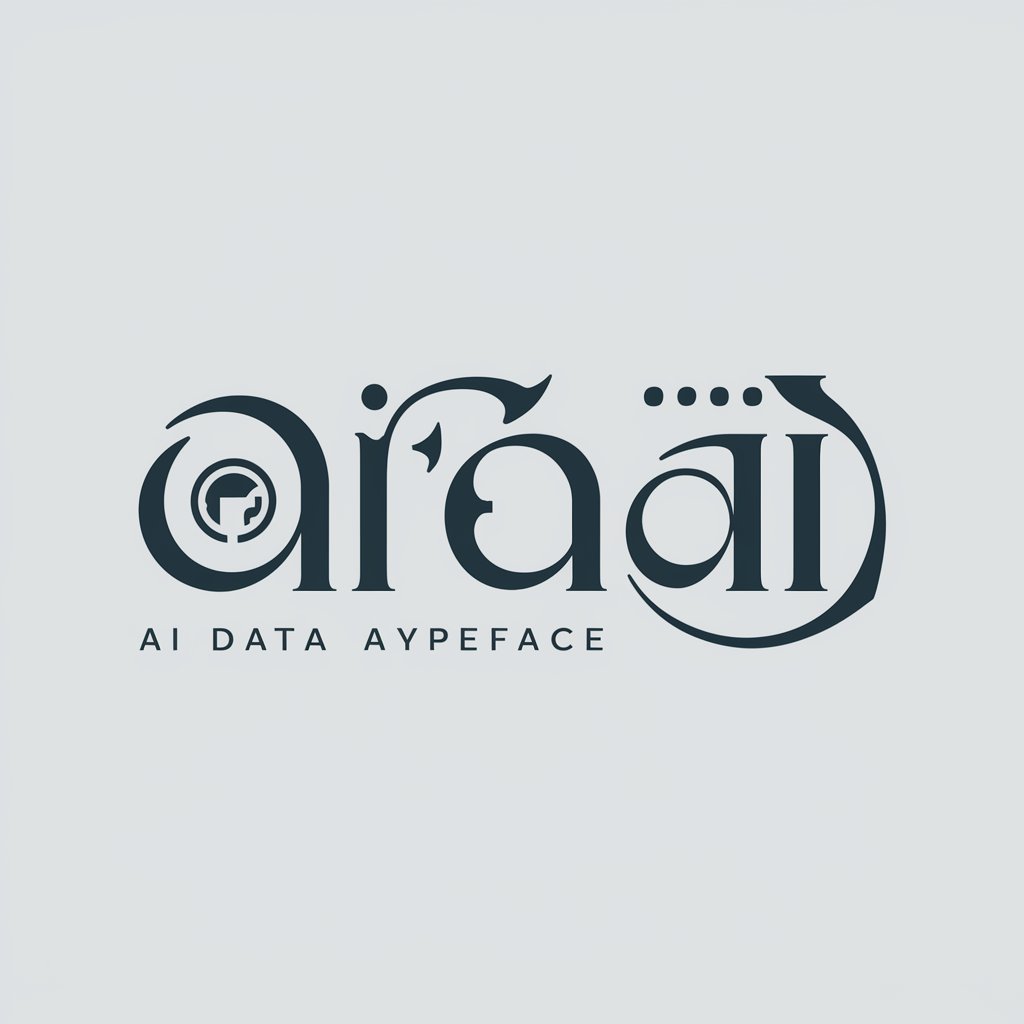
🚗 Identificador de Vehículo
AI-powered vehicle identification tool.

CustDev helper
Understand Your Customers Better

Haru
Power your coding with AI!

Criador de Fluxos para Typebot
Streamline interactions with AI-powered chatbots
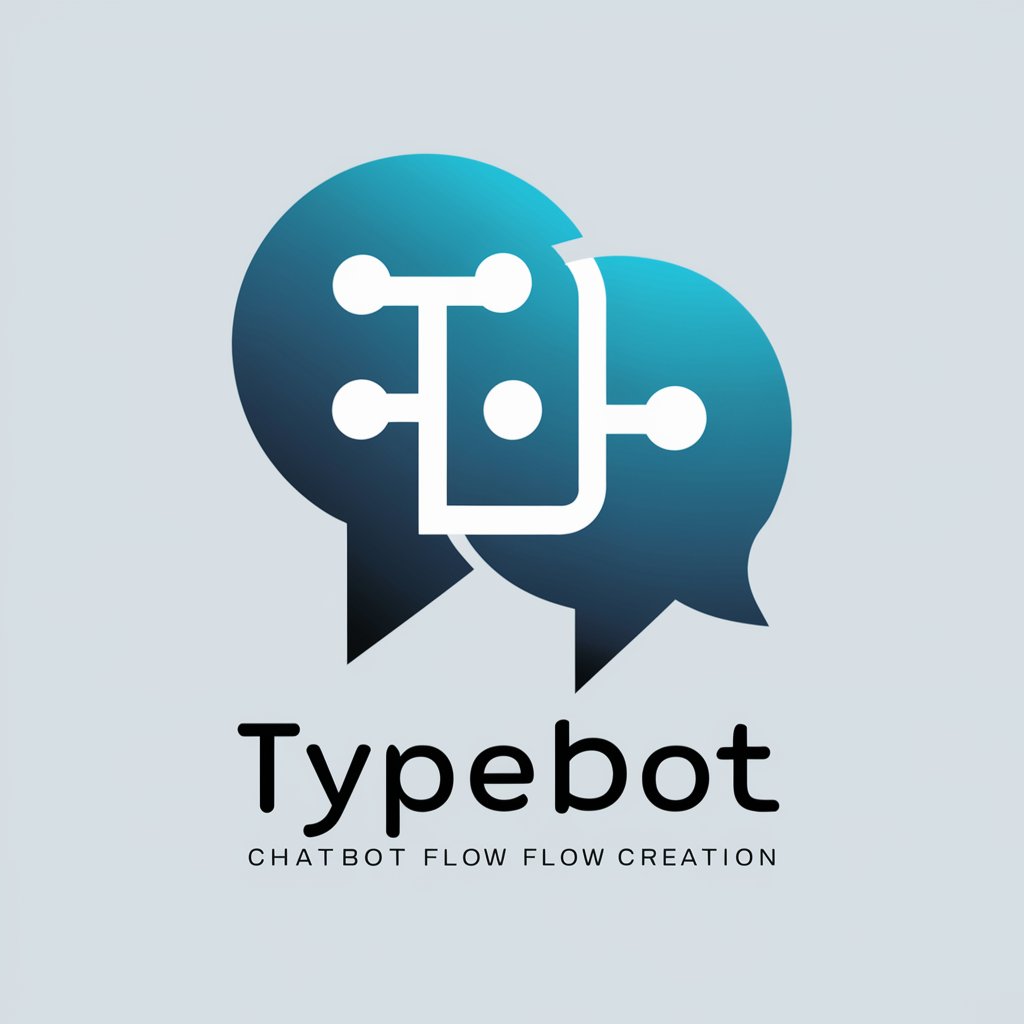
UIX Analytica : Mobile & Web UI Analysis Tool
Revolutionizing UI Design with AI

Spa to Eng
Translate Spanish with AI Precision
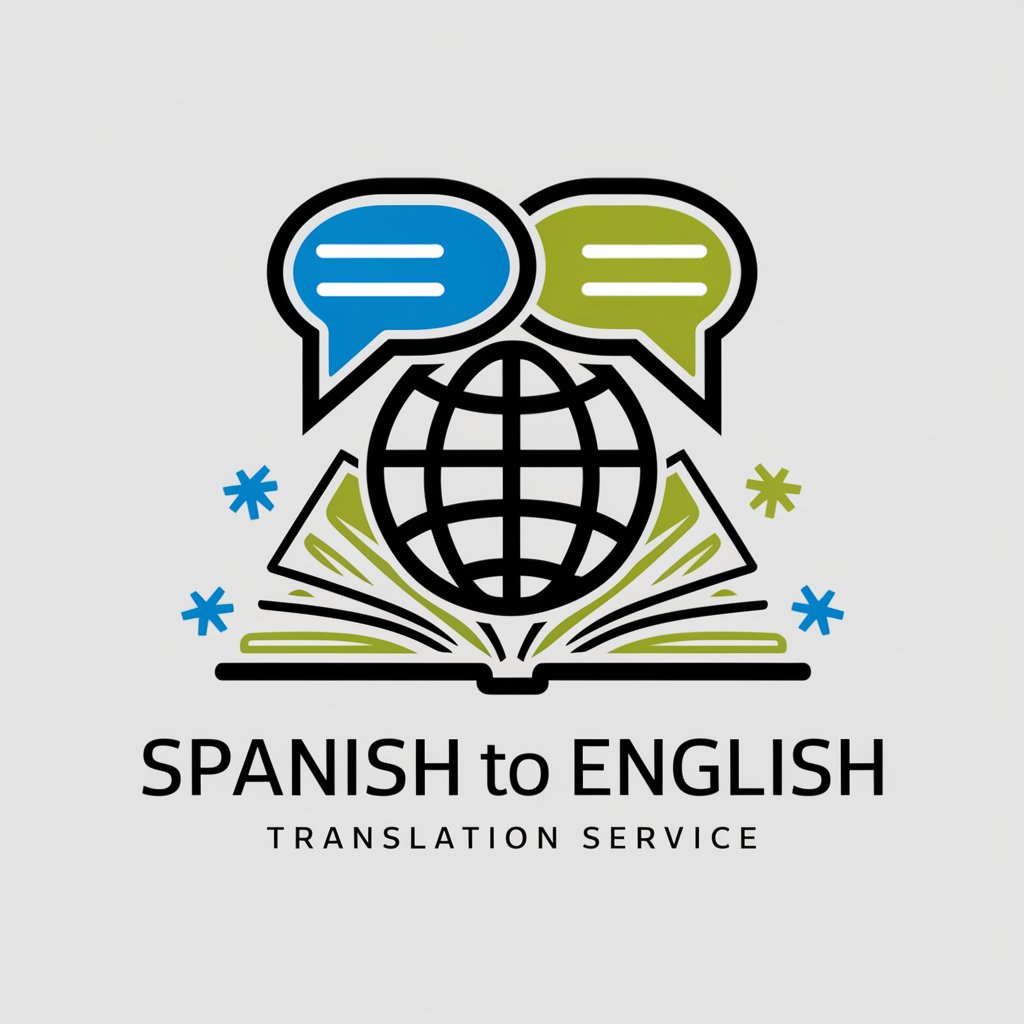
Jester
Elevate Content with AI Humor

Packing List GPT
Effortlessly Pack with AI

Detailed Q&A About Prompt Mestre 2.0
What is Prompt Mestre 2.0?
Prompt Mestre 2.0 is an AI tool designed to optimize prompts for large language models, improving interaction quality and response relevance.
Who can benefit from using Prompt Mestre 2.0?
Researchers, developers, content creators, and educators who utilize language models for generating text-based outputs can benefit from using this tool.
Can Prompt Mestre 2.0 handle complex prompt engineering tasks?
Yes, it's built to assist with complex prompt structuring, integrating multiple elements to extract the most accurate and relevant responses from language models.
Is there any prerequisite knowledge needed to use Prompt Mestre 2.0?
Basic understanding of prompt engineering and desired outcomes with language models is helpful but not mandatory, as the tool guides users through the process.
How does Prompt Mestre 2.0 enhance the performance of language models?
By providing structured and optimized prompts, it ensures that the language model understands the task better, leading to more precise and useful outputs.




